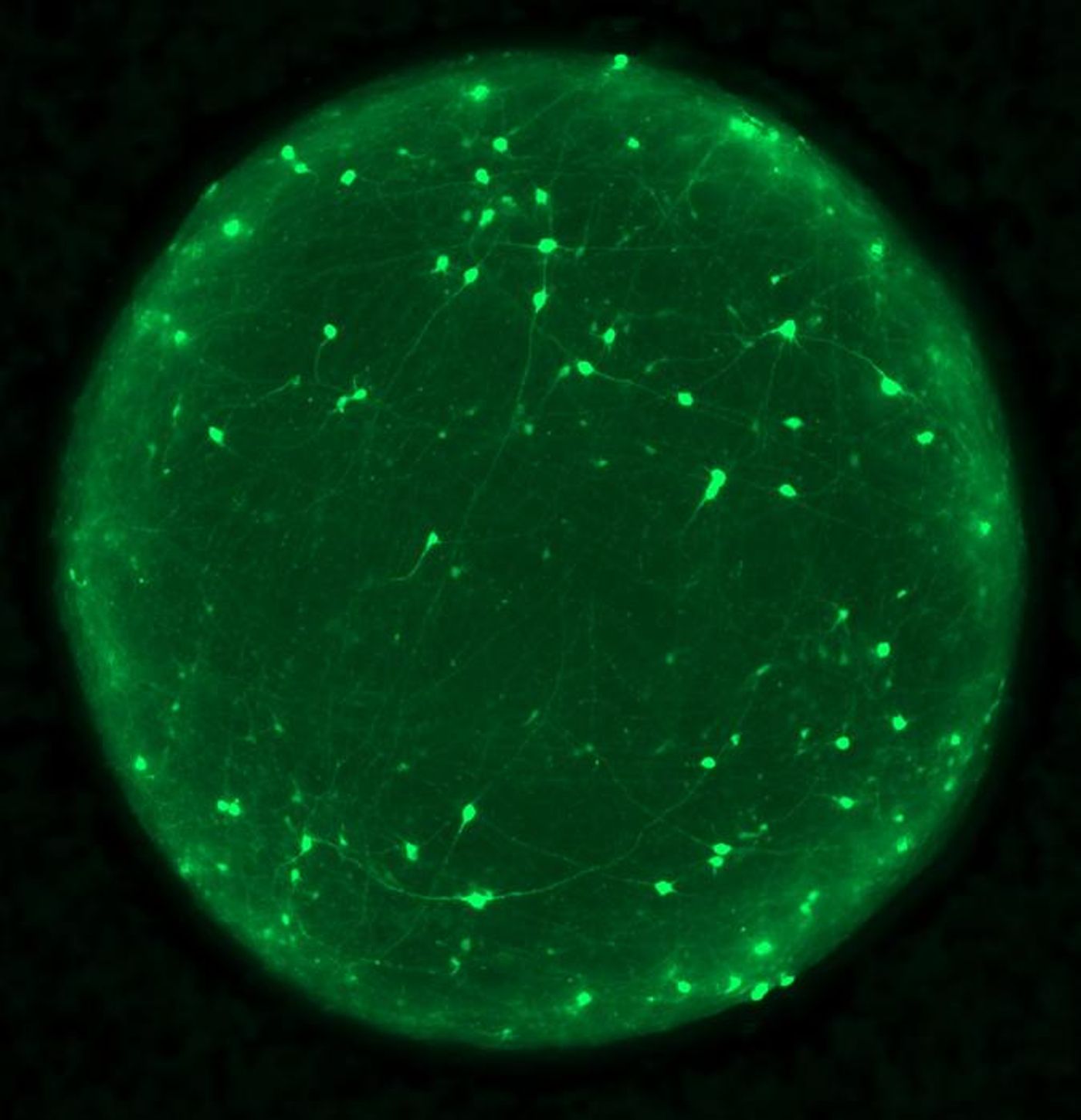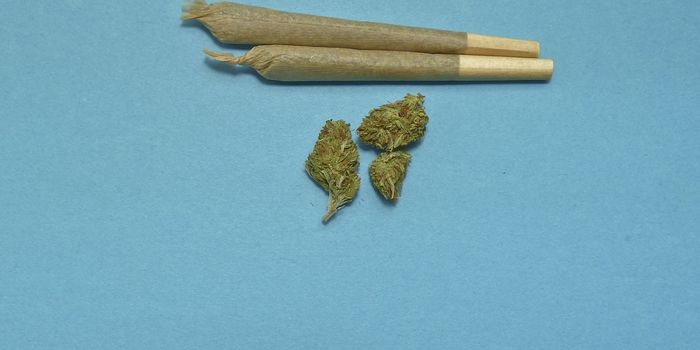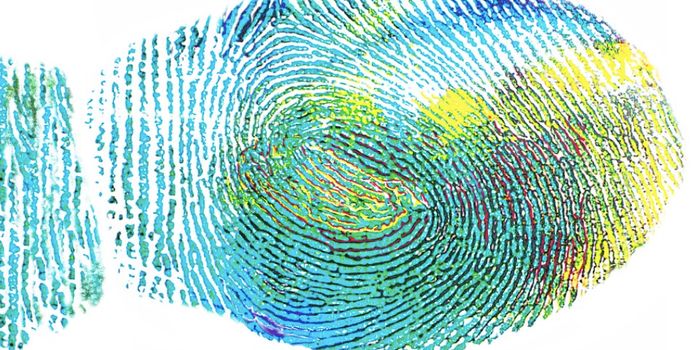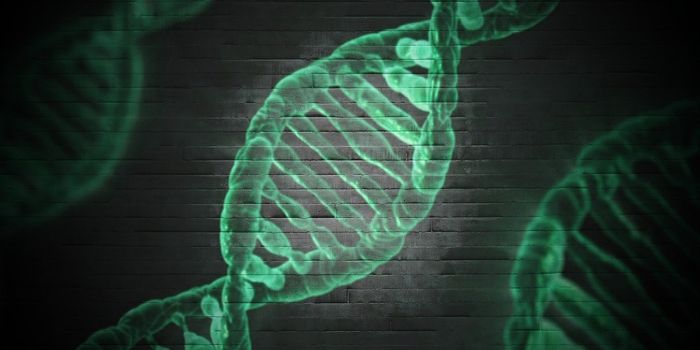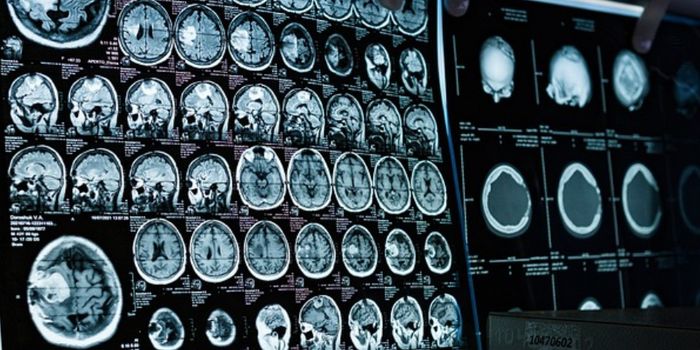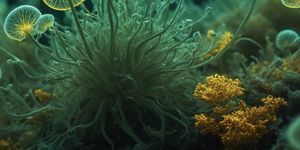A Molecule That Could Help Treat Traumatic Brain Injury is Identified
While an estimated 5 million Americans live with a disability that is related to traumatic brain injury (TBI), there are few treatment options for TBIs, which can affect people in a number of occupations like professional sports or some military positions, as well as anyone who suffers head trauma. But scientists have now found that a protein called TDP-43 may promote nerve damage immediately following an injury. When another protein was blocked in a mouse model and in human cell lines, this TDP-43-mediated damaged was prevented and some cell death was halted. These findings, which were reported in Cell Stem Cell, could help scientists develop treatment options for TBIs.
"There's really nothing out there that can prevent the injury or trauma to the brain that cause nerve cell damage," said corresponding study author Justin Ichida of the University of Southern California. "In more acute stages, patients can have difficulty concentrating and have extreme sensitivity to light and noise. Long term, there is a strong correlation between traumatic brain injury and neurodegenerative diseases, which can ultimately be fatal."
In this research, the scientists used a cell culture model known as a brain organoid, which is a tiny, simplified version of a human brain. These models contain many of the same types of cells as a brain, and can serve as a better model than animals in some cases. They can also be generated from induced pluripotent stem cells made from patient skin cells.
The researchers exposed the brain organoids to ultrasonic pulses to mimic TBIs. TDP-43 normally works to edit messenger RNA molecules, and resides in the nuclei of cells with the genetic material. But in these injured organoids, the molecule stopped behaving properly; it seemed to leave the nucleus and enter the cytosol, and nerve cells died.
Neurons that sit deep within the brain's cortex appear to be particularly susceptible to trauma. The investigators also found that gene expression changed after injury in their model. When organoids were generated from stem cells that were taken from individuals with a genetic predisposition to neurodegenerative disorders, the impact to TDP-43 was more severe, and more problems arose in cells. This could explain why some people are more likely to develop a neurodegenerative disease after TBI.
The scientists also wanted to find something that could prevent these problems, and scoured the human genome for a hit by suppressing individual genes. This work identified KDNJ2, which encodes for a channel that senses mechanical forces, and is located on the surface of cells.
"If we suppressed the gene, it reversed all the problems associated with the injury and kept the nerve cells alive," said Ichida.
When the activity of KCNJ2 was blocked, the survival rate of neurons in organoids affected by ultrasonic pulses was increased. In organoids from patients with disease risk, KCNJ2 blockers reduced neuronal death and TDP-43 accumulation in cells. These results were confirmed in mouse models of TBI.
While more research will be needed, TDP-43 could potentially work as a TBI biomarker and could also work as a monitor of damage.
"Our study suggests that one of the more effective ways of preventing the devastating effects of traumatic brain injury might be to fix TDP-43 and prevent its mislocalization early after injury," added Ichida.
Sources: Cell Press, Cell Stem Cell
